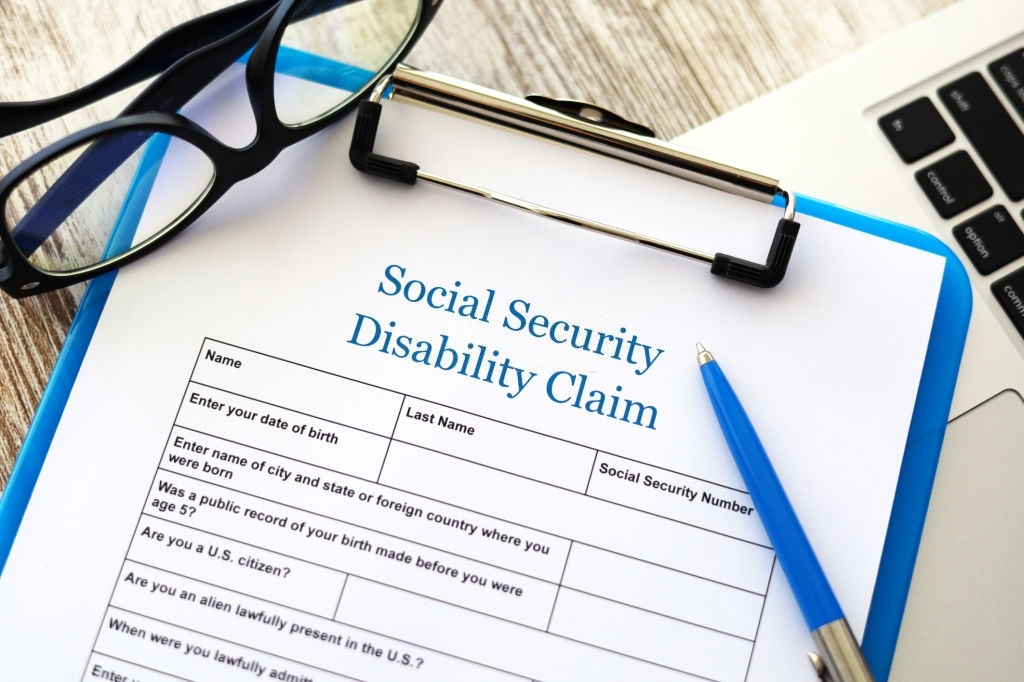If a disability has impacted your life to the point where you are unable to work, you may be eligible to apply for Social Security disability benefits. There are two types of disability programs available through the Social Security Administration (SSA). The first program is Social Security Disability Insurance (SSDI). The second program is Supplemental Security Income (SSI). Both benefit programs require a recipient be disabled.
Overview of SSDI and SSI Benefits
To qualify for SSDI, an applicant must have earned work credits by working for a certain amount of time and paying Social Security taxes. In contrast, someone applying for SSI benefits does need work credits. Instead, an SSI applicant will need to prove that they have limited income and resources. Many people may qualify for benefits under both SSDI and SSI.
SSDI is available to those individuals who have paid into the system; it is funded by Social Security taxes. For most people, they need to have earned 40 work credits (up to 4 per year), 20 of which must have been earned in the 10 years prior to applying. Younger people may be able to qualify for SSDI with a lower number of credits.
SSI is a needs-based program. To qualify, an applicant must meet the income and assets criterion established by the SSA. In most states, if someone qualifies for SSI benefits, they may also be eligible for Medicaid, which is also a needs-based program.
Apply for Disability Benefits
To secure disability benefits, a formal disability application must be filed with the SSA. To do so, an applicant will need to provide supporting documentation, including:
- Birth certificate
- Social Security Number
- Proof of citizenship or lawful status;
- Work history, including pay stubs
- Information on any recent work
- Contact information for treating medical professionals (e.g., doctors, therapists, and hospitals)
- A list of medications
- Medical records that you have in your possession
- An adult disability report.
Timeline for Receiving a Response from SSA
After filing a disability benefits application with the SSA, a response will typically be provided within three to five months. It may take more or less time to get a decision depending on the specific facts of your case and how quickly the SSA can get access to medical evidence for your application.
What To Do If Your Disability Benefits Application is Denied
Unfortunately, the majority of initial disability benefit applications are denied by the SSA. If your application is denied, you have the right to file an administrative appeal. There are four levels of appeal:
- Request for Reconsideration;
- Request a hearing before an administrative law judge (ALJ);
- Request review by the SSA Appeals Council; and
- File a lawsuit in federal court.
In most cases, you have sixty days after receiving notice of a decision by the SSA to file an appeal. There are numerous reasons why a claim for disability benefits may be denied, from failure to submit sufficient medical evidence to not completing the necessary forms. Whatever the underlying reason may be, if your SSDI and/or SSI benefits application is denied, you can file an administrative appeal.
Contact a Knowledgeable Disability Benefits Attorney
A Social Security disability appeal lawyer can help you with the process, even if you did not retain an attorney for your initial application. With the assistance of a skilled disability benefits attorney, you can put together a compelling case to convince the SSA that you are eligible for disability benefits. To learn more or to schedule a free claim review, contact the experienced disability attorneys of Bross & Frankel.

